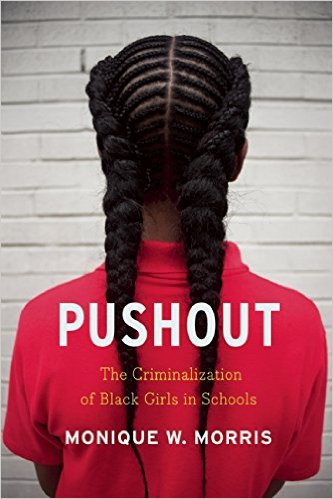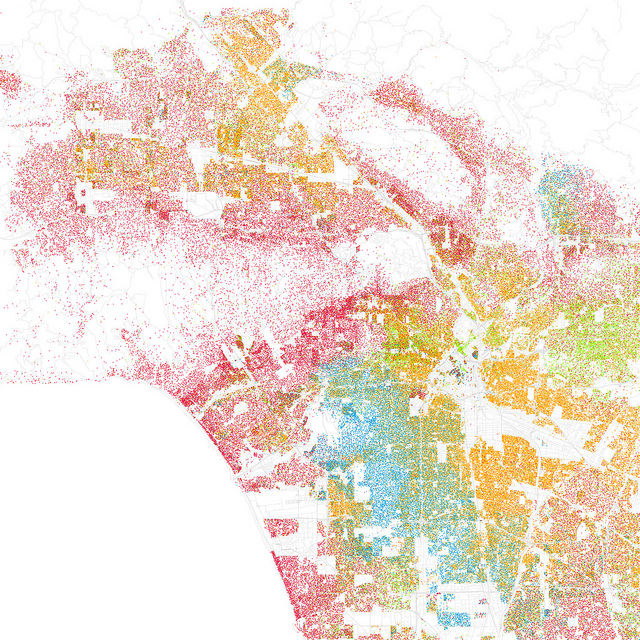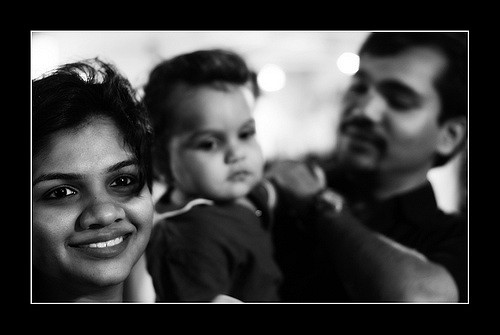
Nearly 20 years have passed since Beverly Daniel Tatum released her groundbreaking book, Why Are All the Black Kids Sitting Together in the Cafeteria: And Other Conversations about Race. In it, she examines how and why black youth often segregate themselves in middle and high school, arguing that engagement in meaningful conversations about race can help deconstruct such racial barriers. While many may have lost hope in the Civil Rights-era dream of school integration, today, new sociological research demonstrates the importance of integration and the positive long-term effects it provides for working adults. A recent article in The Atlantic reveals that students who attend racially diverse high schools are more likely to work in diverse employment settings.
Adam Gamoran, Sarah Barfels, and Ana Cristina Collares tracked over 10,000 black and white high school students during the 1980s and 1990s, then recorded the racial make-up of their current work environment. White and black students who attended predominantly white schools were more likely to work in predominantly white work settings. Regardless of the various methods behind the integration (including busing and neighborhood development), the students from racially diverse high schools were more likely to work today with a diverse group of coworkers. The authors suggest that “Interactions with a diverse student body may mean that individuals are more likely to live in communities that are more diverse, or [are] more willing and comfortable in racially diverse settings later in life.” While they are reluctant to conclude that attending a diverse high school or working with diverse coworkers will eradicate the economic and social disparities of life in the U.S., it is safe to say that both provide a strong step in the right direction.





